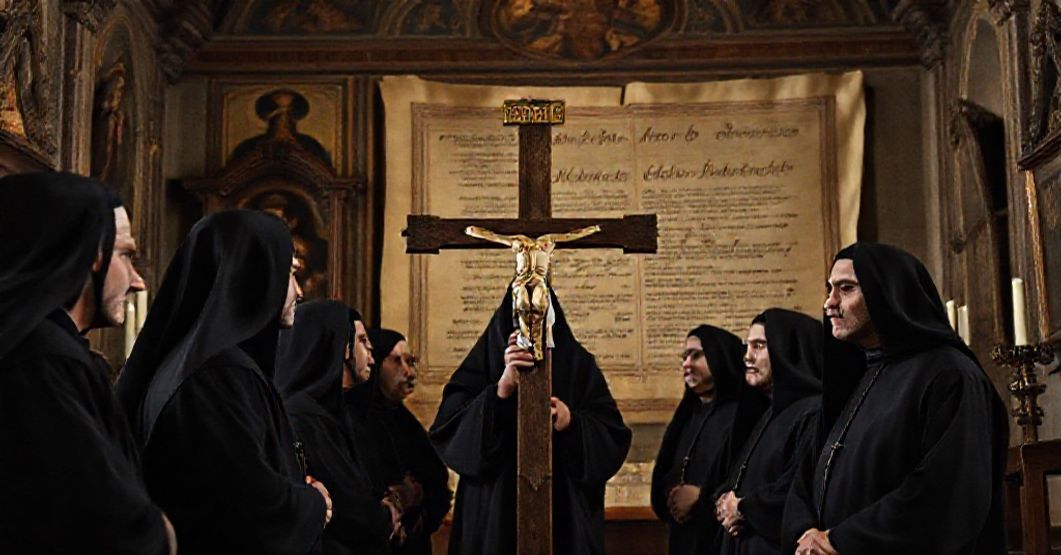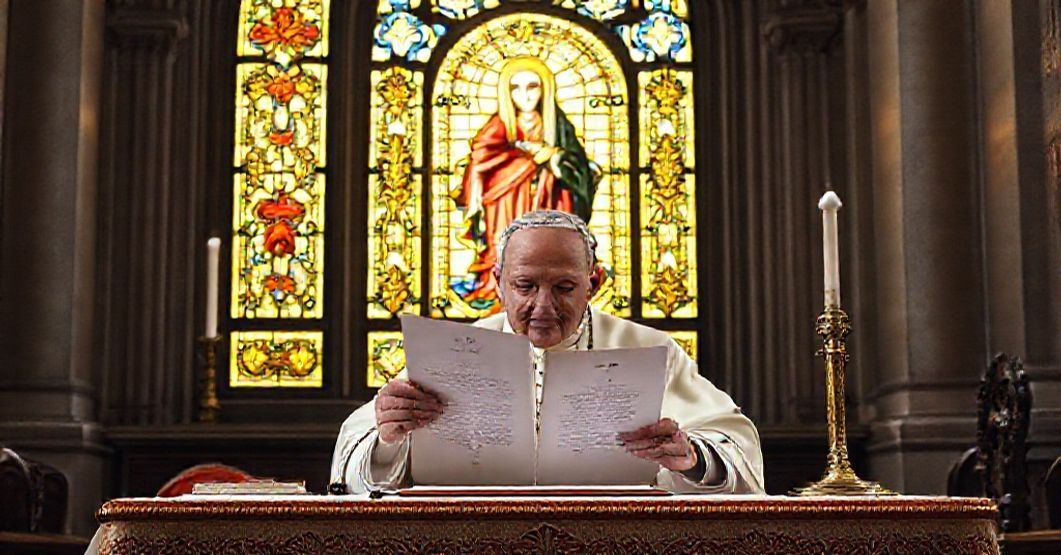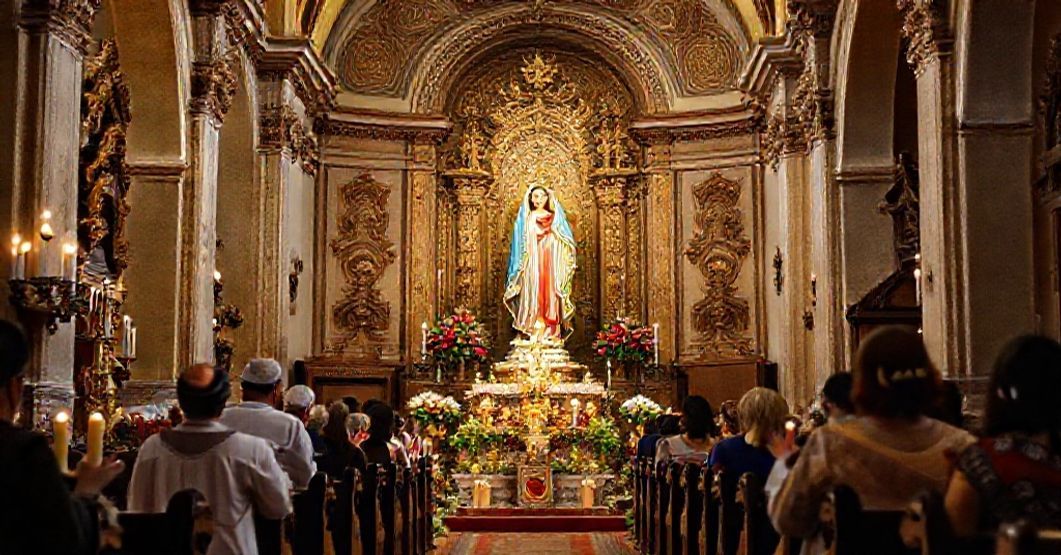Antipopes of the Antichurch



















Timeline of this heretical pontiff
Encyclical Letters
+ 15 posts1959
+ 7 posts1961
+ 4 posts1962
+ 2 posts1963
+ 2 postsApostolic Exhortations
+ 3 postsApostolic Constitutions
+ 93 posts1958
+ 6 posts1959
+ 87 postsMotu Proprio
+ 15 posts1958
+ 1 posts1959
+ 1 posts1962
+ 11 postsApostolic Letters
+ 151 posts1958
+ 4 posts1959
+ 63 posts1960
+ 78 posts1961
+ 1 posts1962
+ 4 posts1963
+ 1 postsSpeeches
+ 99 posts1958
+ 2 posts1959
+ 26 posts1960
+ 29 posts1961
+ 16 posts1962
+ 24 postsMessages
+ 6 posts1959
+ 4 postsHomilies
+ 4 postsLetters
+ 152 posts1958
+ 1 posts1959
+ 48 posts1960
+ 32 posts1961
+ 31 posts1962
+ 30 posts1963
+ 10 postsNot categorized
+ 1 posts1958
+ 1 postsNews feed


Salutiferos Cruciatus (1959.07.01)
The document “Salutiferos Cruciatus” of John XXIII (1 July 1959) purports to grant solemn apostolic approval to the revised Rule and Constitutions of the Congregation of the Passion (Passionists), adapting them “to the conditions of our times” after the 1917 Code, through a process of aggiornamento mandated, examined, and finally ratified by the Roman authorities. It praises St. Paul of the Cross, invokes the merits of the institute, recounts previous papal confirmations of its legislation (Benedict XIV, Clement XIV, Pius VI), and then, by the alleged “plenitude of Apostolic power,” abrogates all prior norms not contained in the newly conformed text.


Essendiae in urbe (1959.07.08)
In this Latin act dated 8 July 1959, Giovanni Roncalli (John XXIII), in his first year as claimant to the papacy, issues the apostolic letter “Essendiae in urbe,” designating the Blessed Virgin Mary under the titles “Mother of Good Counsel” and “Our Golden Lady” (“Goldene Madonna”) as the principal heavenly patroness of the diocese of Essen. The text praises the industrious modern city, recalls the ancient Marian shrine and its governance by an abbess, and, invoking “apostolic” authority, formally confirms Mary under these invocations as Patroness with the usual liturgical privileges attached to a diocesan principal patron. From the perspective of integral Catholic doctrine, this apparently pious act is in reality an early and revealing seal of usurpation: a sentimental liturgical gesture used to cloak the illegitimacy of Roncalli’s authority and to insert the revolutionary conciliar sect into a historically Catholic sanctuary.


Religionis domicilium (1959.07.17)
The Latin text published under the name of John XXIII, entitled “Religionis domicilium,” is a brief decree by which the Mexican shrine of the Blessed Virgin Mary of the Seven Sorrows, commonly called “Nuestra Señora de la Soledad” in Oaxaca (Antequera), is elevated to the rank of Minor Basilica. It recalls the crowning of the image authorized by St. Pius X in 1909 and, invoking “Apostolic” authority, grants the title, rights, and privileges associated with basilicas to this church, declaring all contrary acts null.


Meritis celebratur (1959.07.17)
The Latin text under consideration is a brief act by John XXIII elevating the cathedral church of Zacatecas, dedicated to the Assumption of the Blessed Virgin Mary, to the rank and title of a minor basilica. It praises the baroque architecture, venerable images of Our Lady and the Crucified, the devotion of the faithful, the sufficiency of clergy, and the fittingness of sacred furnishings, and on that basis grants the church the juridical status and associated privileges of a minor basilica, with the usual canonical formulae of perpetuity.
Varia
Announcement:
– News feed –implemented
– Antipopes separate web sites with their all documents refutation – in progress
